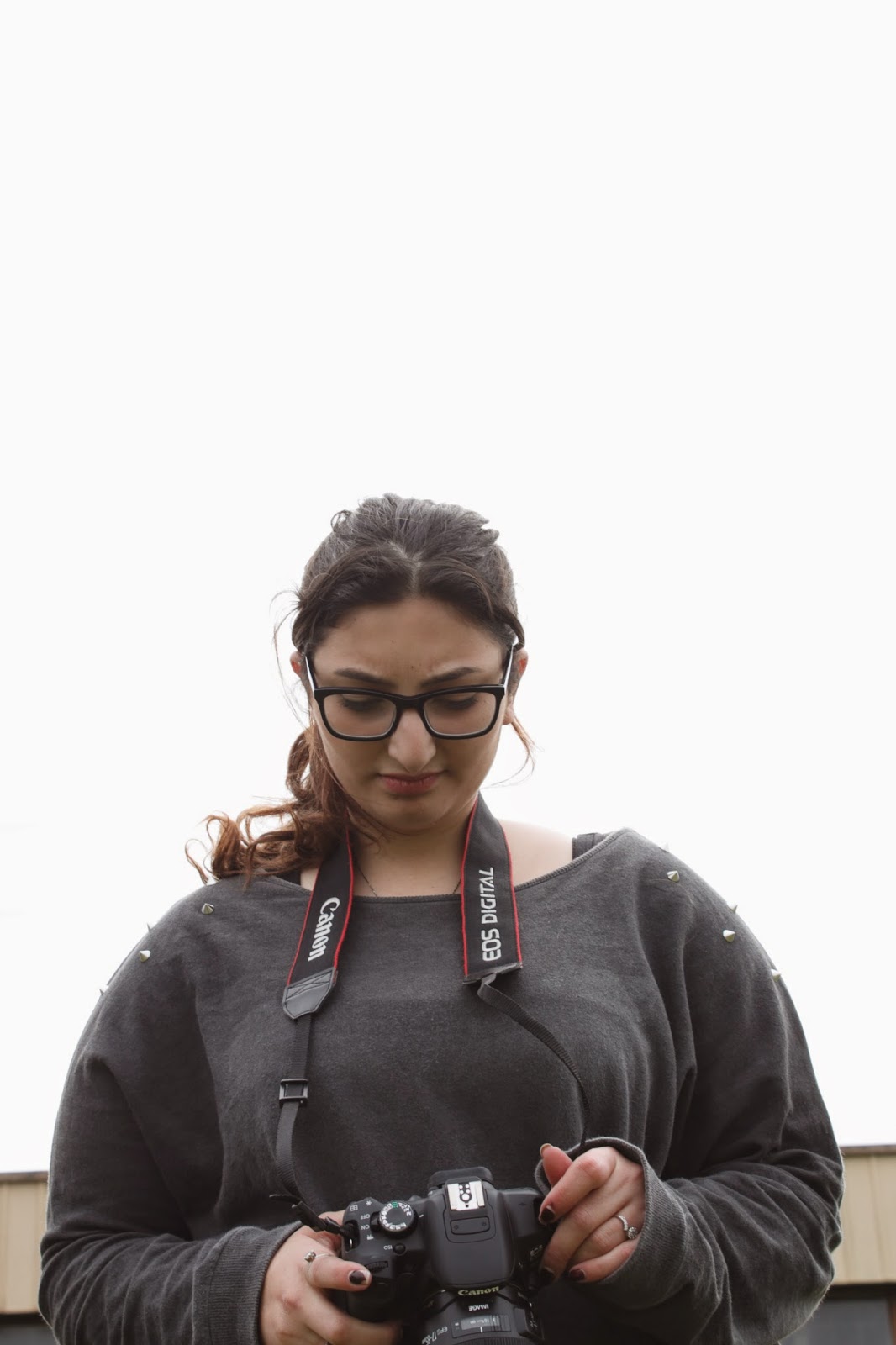Direct flash:
A direct flash is exactly that, directly on the subject. This photograph is probably not the best example as it is outside and the sun was quite bright, but for this purpose it's okay. A direct flash is a lot harsher than a diffused or bounced flash.
Bounce flash:
The bounce flash is pretty self explanatory, it's a flash that is bounced off of something, i.e a wall or in the case of this photo, a set of lockers. The card that is visible in this photograph is also another tool in which you can bounce a flash off of. A bounce flash is useful for softening the flash while still having quite a bright outcome.
Diffused flash using half moon:
In these two photographs, the difference in light is quite distinct. in the first the sunlight is harsh, but the second, the light; especially on her face, is quite a bit softer. For the second photograph I used the half moon diffuser, which kept light on her face, but made it a lot softer.
Under exposed background:

This is the before and after shot when I under exposed my background. First & Second.
ISO 200 ISO 200
F/5.6 F/10
1/80 1/160
In the first photograph I used no flash, but in the second the flash highlighted the figure, bringing her out and away from the background. Using the flash added more depth to the photograph, creating shadows behind her. It changed the lighting in the hall a lot, going from the greenish light to a darker grey. These two photographs successfully show how flash can be used to under expose the background in a photograph. I personally feel that the second photograph was far more successful than the first, with more depth added to the image.
Over exposed background:
The background of this photo is only slightly over exposed. The white of the building and sky is the area that it the most over exposed in this photograph.
ISO 100
F/5.6
1/60
Flash and blur:
 |
| F/8.0-1.0-ISO 100 | |
Flash and blur is similar to the bulb function and motion blur. With motion blur however, the motion is mostly captured at it's start point. With Flash and blur, the flash goes off when you take your finger off of the trigger, so the more prominent part of the image is the end. That is probably the wort way to explain it, but as you can see in these two photographs, the people are most visible at the end of their movement, so the middle of the jump and the end of her pacing.
 |
| F/8.0-1.0-ISO 100 |















































